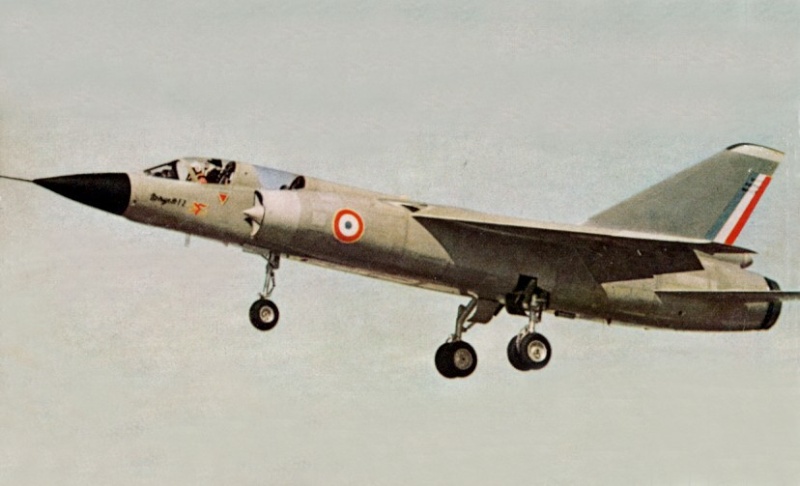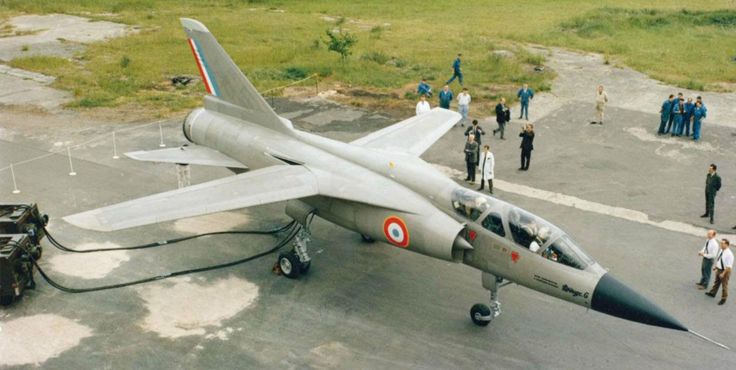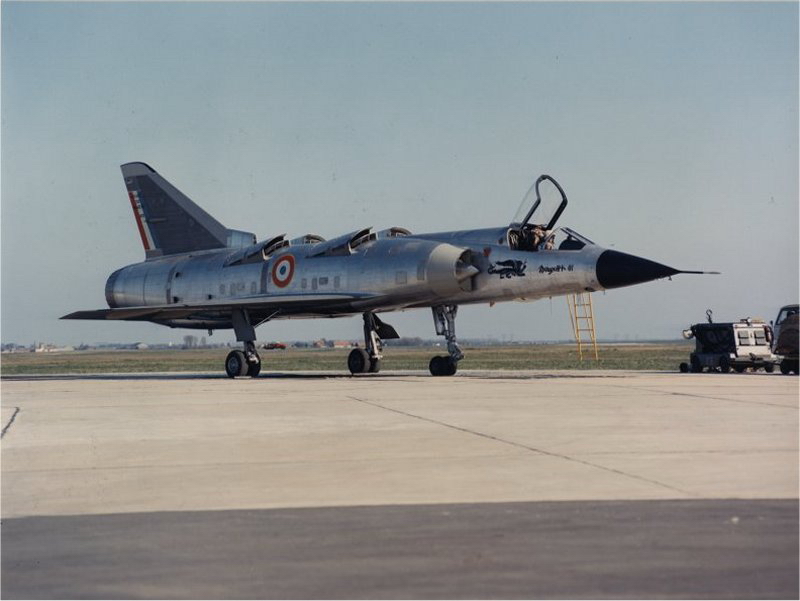according wiki the PS.13 Iroquois Engine. got this dimensions,
Length: 231 in or 587 cm
Diameter: 42 in or 107 cm
maximum thrust 89 kN (130 kN with afterburner)
the Mirage IIIE engine SNECMA Atar 09C
Length: 232 in or 590 cm
Diameter: 39 in or 100 cm
maximum thrust 42.0 kN (58.9 kN with afterburner)
so the PS.13 Iroquois Engine could fit with modification in fuselage of Mirage IIIE
but it fit perfect into Mirage IV mission profile
had Canada sell the PS.13 Iroquois Engine to france it would had give Mirage IV higher speed and longer range
it had also given French realistic option for Mach 3 interceptor
in 1965 the French Army think tank "Centre de prospective et d'Evaluation"
came to conclusion. that future of air combat lies in beyond supersonic
between 1965 and 1973 the French Aerospace industry work on this concept now called SAME,
Dassault work several design for SAME:
Mirage like type LZI-43, MD-750.
Variable Geometry wing like AY-4, AW4-44 and GW-2
the major problem of SAME, was again The french engines, on 13 july 1973 the program got under budget axe.
SAME was excellent exercise in aerospace engineering, sadly this remarkable program remain so obscure.
Length: 231 in or 587 cm
Diameter: 42 in or 107 cm
maximum thrust 89 kN (130 kN with afterburner)
the Mirage IIIE engine SNECMA Atar 09C
Length: 232 in or 590 cm
Diameter: 39 in or 100 cm
maximum thrust 42.0 kN (58.9 kN with afterburner)
so the PS.13 Iroquois Engine could fit with modification in fuselage of Mirage IIIE
but it fit perfect into Mirage IV mission profile
had Canada sell the PS.13 Iroquois Engine to france it would had give Mirage IV higher speed and longer range
it had also given French realistic option for Mach 3 interceptor
in 1965 the French Army think tank "Centre de prospective et d'Evaluation"
came to conclusion. that future of air combat lies in beyond supersonic
Studying the coming years of 1980s
the feasibility demand deployment of a Manned Aircraft performing a higher Mach speed,
with capacity perform several missions:
Strategic Attack, Air Defense and reconnaissance
Note crude translation into englisch
between 1965 and 1973 the French Aerospace industry work on this concept now called SAME,
Dassault work several design for SAME:
Mirage like type LZI-43, MD-750.
Variable Geometry wing like AY-4, AW4-44 and GW-2
the major problem of SAME, was again The french engines, on 13 july 1973 the program got under budget axe.
SAME was excellent exercise in aerospace engineering, sadly this remarkable program remain so obscure.



